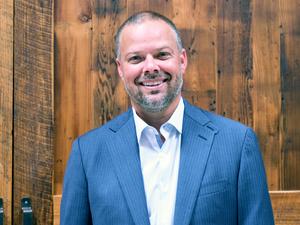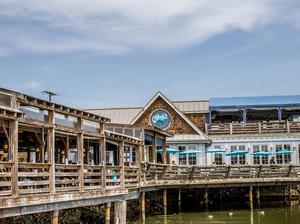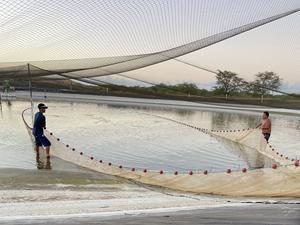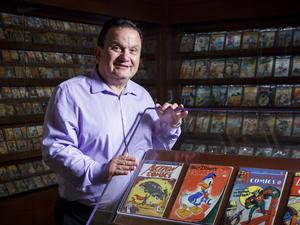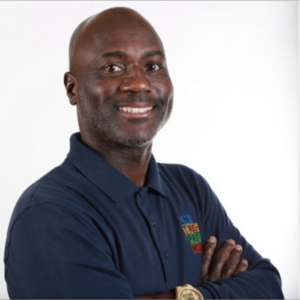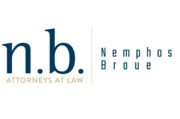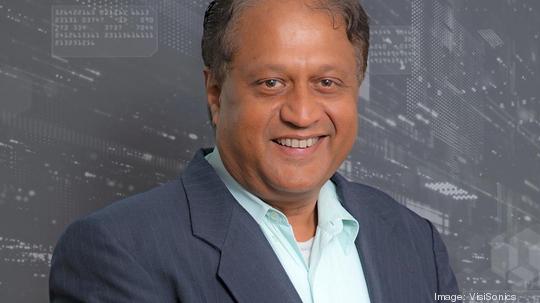
More than a decade ago, Ramani Duraiswami started doing research at the University of Maryland on "how people perceive the world using their ears.”
When the average person hears a noise — a dog barking, a person laughing, leaves rustling, a car driving by — they can tell if it’s near or far; if it’s coming from behind or in front; if it’s moving from one direction to another.
Duraiswami, an associate chair for computer science at the University of Maryland, found that recreating these sounds is a lot more complex than just sticking an earbud into each ear and recording noises in stereo. But what if a three-dimensional, immersive soundscape could be recreated?
“That led to a lot of cool research,” he said.
The professor started doing demos based on his research and people loved what they heard, he said. They told him he should start a company, so he did.
That was about a decade ago. Since then, VisiSonics has been licensing software that can be used for augmented reality, virtual reality, gaming and more. After co-founding the company, Duraiswami stayed on as an outside adviser. Then in 2017, he stepped up to become CEO. Now, the company is working on new technologies and trying to grow.
VisiSonics doesn't build microphones or speakers. Instead, the company focuses on how sound is recorded and how it is reproduced. Before VisiSonics could learn how to produce what it calls "spatial audio," Duraiswami said they had to learn how to capture sound three-dimensionally — a process that involved microphones and lots of algorithms.
For example, Duraiswami recounted a research project on how to teach blind veterans to safely use crosswalks. They needed to create a three-dimensional soundscape that mirrored what a person would hear at a busy street corner. They first needed to capture that sound and all its nuances, analyze it using their algorithms, then reproduce it using a set of headphones.
Every person hears differently, Duraiswami said. The shape of a person's head, ear lobes and ear canals all impact how sound travels inside a set of ears and how the brain perceives that sound. VisiSonics' web-based technology can also perform an audiogram, or hearing test, similar to one from a medical clinic, he said.
VisiSonics is currently licensing its technology to about a half-dozen companies, but Duraiswami is "cautiously optimistic" about upcoming demos at the Consumer Electronics Show in Las Vegas. He said the company will be showing off its new audiogram technology, which allows sounds, music and noise to be fine-tuned and personalized to an individual's hearing.
The company has been based out of an incubator at the University of Maryland for several years, Duraiswami said, but VisiSonics is now in the process of moving to the Discovery District in College Park, which is near campus.
VisiSonics currently has seven employees in Maryland and four outside the state, Duraiswami said, but he expects that number to grow and is interested in raising more funds. The company got $1.5 million from the National Science Foundation early on and has been selling products since day one, he said. Since becoming CEO, Duraiswami said the company raised about $2.5 million from various sources, including the Maryland Momentum Fund as well as a strategic partner.
